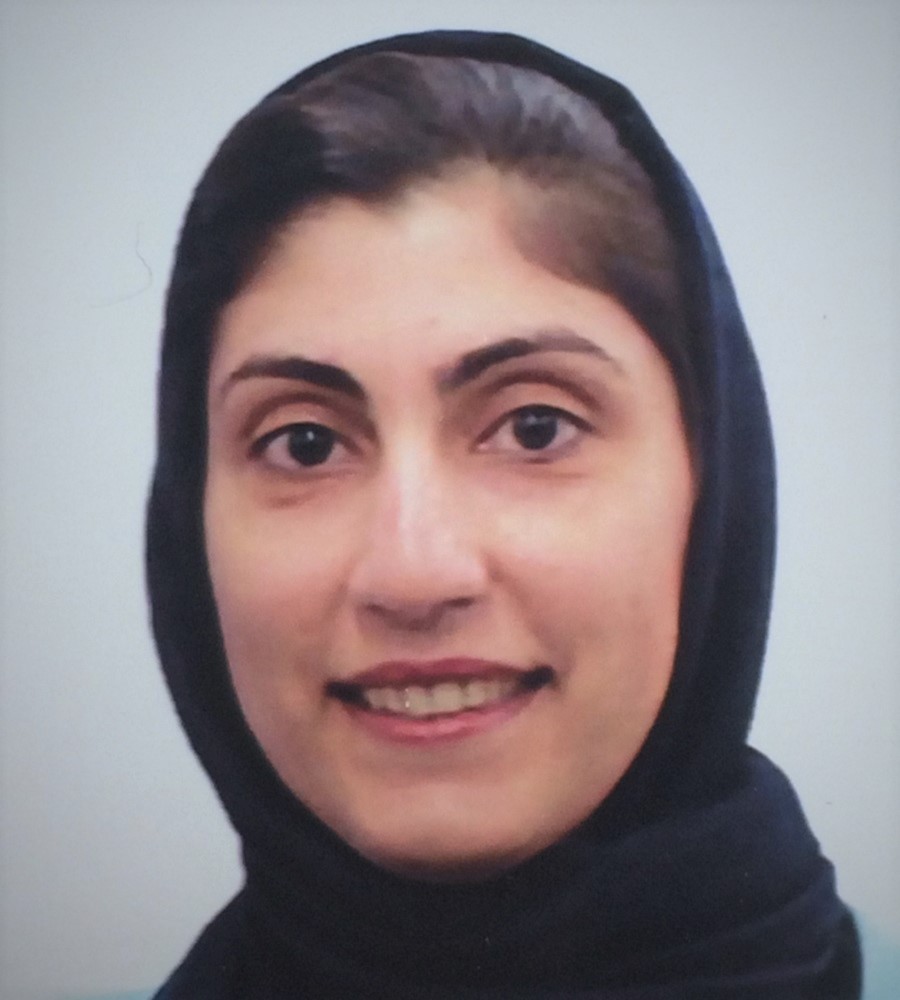Hoda Zarkoob, Ph.D., M.Sc.
Biomedical Scientist
Division of Preclinical Innovation
Early Translation Branch (Contractor)
Contact Info

Biography
Hoda Zarkoob is a biomedical scientist on the 3-D Tissue Bioprinting Team in the Early Translation Branch within NCATS’ Division of Preclinical Innovation, where she creates 3-D printed skin disease models for high-throughput drug screening. Before joining NCATS in 2019, Zarkoob served as a postdoctoral fellow in the laboratory of Kathleen J. Green, Ph.D., at Northwestern University, where she studied the mechanobiology of cell-cell junctions in cardiocutaneous disease and earned a fellowship through the American Heart Association.
Zarkoob received her Bachelor of Science and Master of Science in mechanical engineering from Isfahan University of Technology and her doctorate in biomedical engineering from The University of Iowa. While pursuing her Master’s degree, her research centered on designing and building a novel bone graft composite with piezoelectric properties. Zarkoob’s doctoral research, which she completed in the laboratory of Edward Saunders, Ph.D., focused on understanding the mechanobiology of human keratinocytes during wound healing.
Research Topics
Zarkoob’s research focuses on developing skin disease models using bioprinting methods. These 3-D tissue models are optimized for high-throughput drug screening and aim to create a more predictive disease model for testing drug toxicity and efficacy. She currently is working on modeling chronic, inflammatory skin conditions, including atopic dermatitis, psoriasis and fibrotic skin disease. Zarkoob aims to add an immune component to her 3-D tissues to create a model closer to native tissue and make a novel platform for probing immune therapeutics.
Selected Publications
- Substrate Stiffness Affects Human Keratinocyte Colony Formation
- Mouse Keratinocytes Without Keratin Intermediate Filaments Demonstrate Substrate Stiffness Dependent Behaviors
- Substrate Deformations Induce Directed Keratinocyte Migration
- Scaling Up Single-Cell Mechanics to Multicellular Tissues - The Role of the Intermediate Filament-Desmosome Network
- Collective Cell Behavior in Mechanosensing of Substrate Thickness


